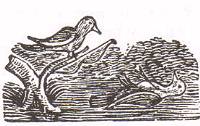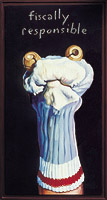Katinka Matson makes stunning images of flowers and other natural objects, using a flatbed scanner and other new technologies:
“The process involves scanning flowers and other natural objects on an open-top scanner from underneath the objects with a slo-moving sensor. This technique allows for unusual opportunities to explore new ideas involving light, time, and rhythm.
It is a radically new digital aesthetic involving both new hardware (the scanner and the inkjet printer), and software (Adobe Photoshop), that allows for a new naturalism fusing nature and technology.
Without the distortion of the lens, highly detailed resolution is uniform throughout the image, regardless of the size of the printable media. The lighting effects from the sliding sensor beneath the object, coupled with overhead effects involving lighting and movement, result in a 3-D-like imaging of intense sharpness and detail. Images created by scanning direct-to-CCD cut away layers, and go to a deeper place in us than our ordinary seeing and vision. “
There are three archived galleries of her images: “Five Flowers”; “Forty Flowers”; “Twelve Flowers”.

 An exhibition by two Scandanavian artists, Michael Elmgreen and Ingar Dragset, is causing a bit of a stir at London’s
An exhibition by two Scandanavian artists, Michael Elmgreen and Ingar Dragset, is causing a bit of a stir at London’s  Here’s an unusual concept: Kirsten Johnson’s
Here’s an unusual concept: Kirsten Johnson’s  Anita Sinclair’s book
Anita Sinclair’s book 

